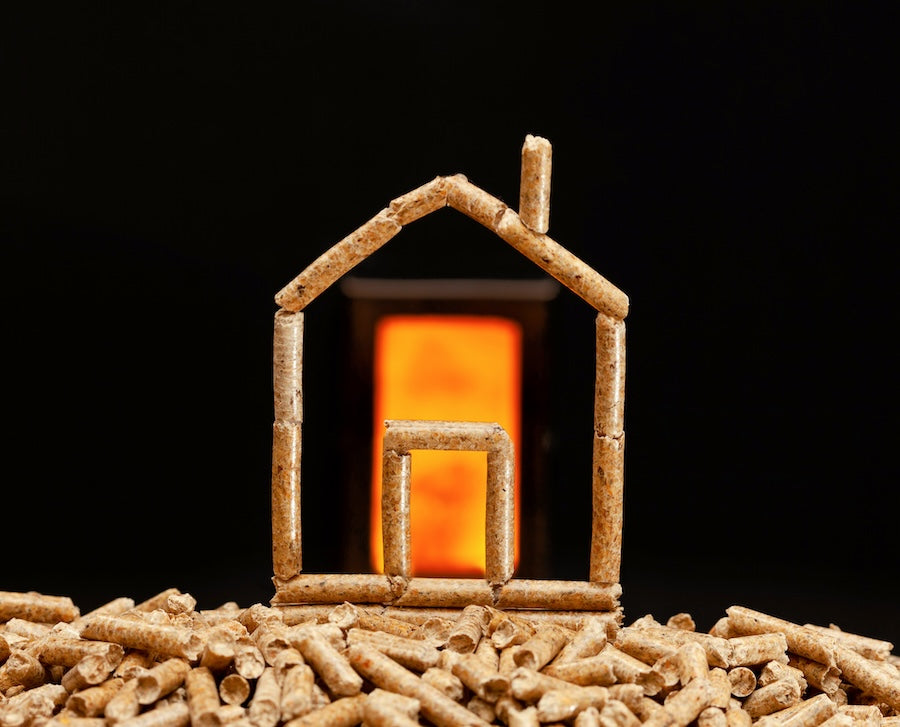You’re no stranger to the reality that Canada is at a critical juncture in its pursuit of sustainability. For Canadian homeowners and industry leaders alike, the challenge is two-fold: to find solutions that cut costs without compromising ecological responsibilities. That’s where ThermoDrain steps in, a beacon in the dual pursuit of economic prudence and environmental stewardship.
You know it's not just about lofty ideals; practical, real-world solutions are needed for Canada's low-carbon transition. ThermoDrain offers just that—a system that reduces utility bills and supports the larger climate action narrative.
This energy recovery innovation speaks to your need for cost savings and to the country’s broader sustainability ambitions. With ThermoDrain, you’re not choosing between financial sense and eco-consciousness—you're choosing both.
Understanding Drain Water Heat Recovery (DWHR)
Now, let’s unpack the concept of Drain Water Heat Recovery. It’s about tapping into a resource that’s literally going down the drain.
Every time you take a hot shower, the warmth that swirls away has potent energy potential. DWHR systems, like ThermoDrain, are designed to capture this escaping heat from wastewater before it exits into the sewer system—a seamless integration into your home’s plumbing that can feel like the missing piece in your energy-saving puzzle.
Here’s how it works:
ThermoDrain utilizes a heat exchanger that wraps around your drainage pipes, absorbing the heat from the water as it flows down. This warmth is then transferred to the fresh cold water headed toward your water heater or straight out of your faucets. It’s a simple yet ingenious way to slash the energy needed to heat water in your home. With ThermoDrain fitted into your existing plumbing, you could see a dramatic drop in the energy demands of your water heater, leading to reduced gas or electricity usage and, by extension, lower energy bills.
This system shows how a slight modification in how we manage household water can have a profound impact on energy use, setting a precedent for how we approach consumption in all areas of domestic life.
The Economics of ThermoDrain: A Cost-Benefit Analysis
When you weigh the benefits of any home improvement, the initial investment versus long-term savings is usually top of mind. ThermoDrain, as an energy efficiency upgrade, is financially appealing when you do the math.
The installation costs, while not negligible, are balanced out by the impressive energy and cost savings that accrue over time. The upfront installation of ThermoDrain might have price variations based on factors such as home design and existing plumbing systems, but once in place, the unit begins to pay for itself.
Case studies have shown that homeowners can recoup their initial costs within a few years of installation thanks to the reduction in their energy bills. These savings are attributed to the system's ability to preheat incoming water, thereby easing the workload on water heaters.
Moreover, the long-term savings are even more attractive. With energy costs on the rise, the efficiency gains from ThermoDrain translate directly into cost savings. Over the typical lifespan of a ThermoDrain unit, the cumulative savings on utility bills can be in the thousands of dollars. This makes the investment in a DWHR system not just an environmentally sound choice, but also a financially intelligent one, especially when one considers the ongoing price volatility of energy.
The Environmental Angle: ThermoDrain's Green Benefits
Now, let's consider the environmental benefits that ThermoDrain brings to the table. It's a given that efficient energy use is good for the planet, but how good?
To start, Ther'smoDrain ability to lower the energy needed for water heating translates directly into a reduction in household carbon emissions. This isn't a drop in the bucket—it's a substantial decrease that supports Canada's overarching climate action strategy, helping the nation move closer to meeting its carbon reduction obligations under global agreements.
To give you a clearer picture, ThermoDrain is not just trimming down energy usage; it's doing so in a sector that's a major contributor to residential carbon footprints. By optimizing the energy efficiency of water heating, ThermoDrain is effectively reducing greenhouse gas emissions associated with every hot shower and load of laundry. This positions ThermoDrain as an environmentally responsible option for eco-minded homeowners and a compelling technology for policymakers seeking scalable solutions to environmental challenges.
Taken together, these economic and environmental benefits form a compelling argument for ThermoDrain's role in pushing towards a more sustainable and financially feasible future. Its value proposition spans beyond mere energy savings, encompassing broader ecological benefits that sync with national and international sustainability ambitions.
Incentives and Rebates: Financial Assistance for Going Green
You may be wondering how to ease the financial load when considering green upgrades like ThermoDrain. The answer often lies in tapping into a range of government incentives and rebates available to Canadian homeowners and businesses. These fiscal measures have been put in place to encourage the adoption of energy-efficient technologies, and understanding them can significantly lower the barrier to making these wise investments in sustainability.
Many provincial and federal programs are designed to reimburse a portion of the costs associated with purchasing and installing energy-saving systems like ThermoDrain.
For example, rebates can cover a substantial amount of the upfront expense, while tax credits can provide annual savings, reducing the overall financial impact over time. These incentives are not only a boon for those looking to retrofit their homes but also serve to entice developers and builders to incorporate ThermoDrain into new constructions.
By taking advantage of these financial programs, the installation of ThermoDrain becomes much more accessible. If you're sitting on the fence, these incentives might just be the nudge you need.
And for policymakers and environmental advocates, promoting these incentives can dramatically increase the uptake of green technologies, helping Canada move forward in its sustainability journey.
ThermoDrain's Impact on Energy Consumption
Let's dive into the numbers that highlight ThermoDrain's impact on energy consumption. When you install a ThermoDrain system in your home, you're looking at a decrease in hot water heating needs by up to 25-35%. That's significant, but let's go beyond just one household. When you aggregate this across multiple residences, the potential energy savings are substantial enough to influence national energy requirements.
The ripple effect of widespread ThermoDrain use across Canada could be transformative. With every home that opts for this energy recovery system, the nation's overall energy demands for water heating could see a discernible decline. This is crucial, as hot water heating accounts for a considerable slice of home energy use.
Now, project these savings community-wide, city-wide, and beyond—it becomes clear that the cumulative energy demand reduction could be a game-changer for the country's environmental goals, easing the strain on our energy grids and contributing to a sustainable future.
Each ThermoDrain system installed is a step towards this reality, making the prospect of reaching Canada's energy efficiency targets more viable. It's about building a collective will, where your individual choice to go green with ThermoDrain paves the way for a broader change, shifting the needle on energy conservation for the better of the environment and for the future of sustainable living in Canada.
Comparing ThermoDrain to Traditional Water Heating Systems
When we look at the traditional water heating systems that grace most homes, the efficiency of ThermoDrain becomes even more pronounced. Let’s lay out the facts.
Conventional systems expend energy to heat water from the cold supply to the required temperature for use in showers, washing machines, and the like. ThermoDrain, by recirculating heat from waste water, dramatically reduces this energy expenditure.
Data shows that by integrating ThermoDrain into your home, you could save a significant percentage on your water heating energy consumption. Now, think of that saving over the course of a year, then across the expected lifetime of the ThermoDrain system, which is several years. The energy and cost savings are substantial when compared to traditional systems.
Moreover, these savings are not in energy alone.
The financial implications are equally significant, with the potential savings over the lifetime of the ThermoDrain system running into thousands of dollars—money that could be allocated to other household needs or savings. It becomes clear that when viewed against traditional water heating methods, ThermoDrain stands out as not just an alternative, but an advancement in home energy management.
The Future Is Now: Integrating ThermoDrain into Energy Policy
As policymakers and environmental advocates, you have the power to shape the future of residential energy use. With products like ThermoDrain offering both environmental and financial benefits, there's an opportunity not just to support but to actively promote the adoption of energy recovery systems.
By integrating ThermoDrain into energy policy, you're advocating for a brighter and more sustainable future.
Think about the potential impact on energy consumption if incentives for ThermoDrain installations were included in housing policies or if building codes were updated to require DWHR systems in new construction. These are actionable measures that can lead to large-scale change.
Your advocacy for ThermoDrain and similar technologies could help transform Canadian homes into models of sustainability, leading the way globally. The future is here, and with strategic partnerships and policies, ThermoDrain's benefits can be realized by every Canadian household, setting a new standard for eco-friendly living.

















No comment yet, add your voice below!